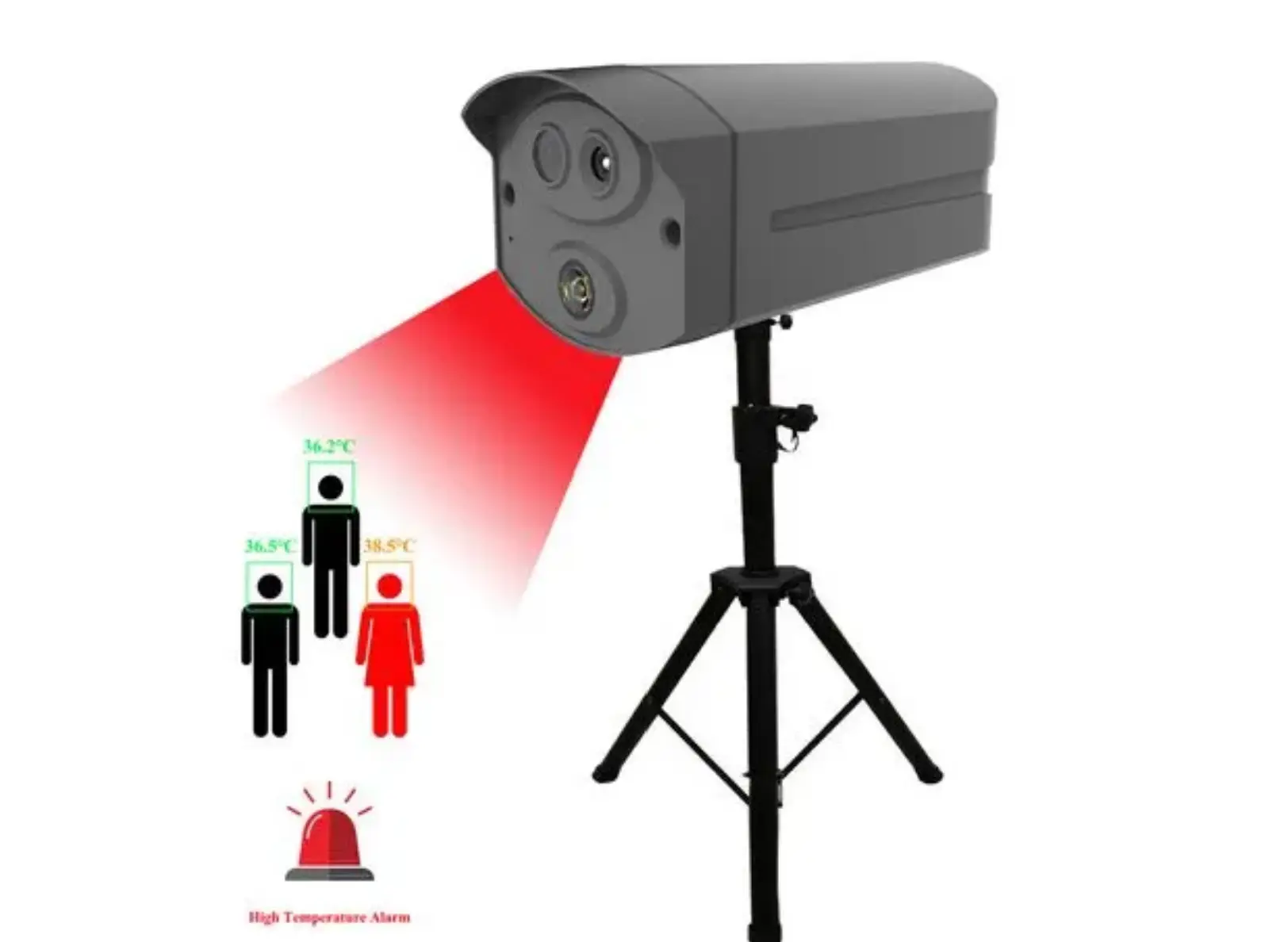




Shape Optics’ unwavering commitment to excellence propels the advancement of Infrared Optical (IR Optical) Modules. With Shape Optics, the unseen is revealed, and mysteries are deciphered. Enhance your innovation trajectory with Shape Optics’ Infrared Optical Module Solutions—redefining the limits of perception. Contact Shape Optics today to begin a transformative journey with our custom Infrared Optical (IR Optical) Module imaging solutions.
We noticed you're visiting from Singapore. We've updated our prices to Singapore dollar for your shopping convenience. Use United States (US) dollar instead. Dismiss